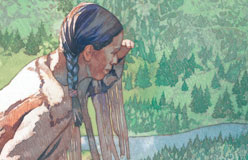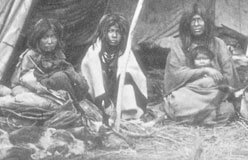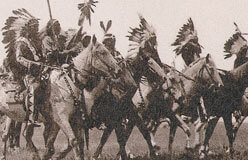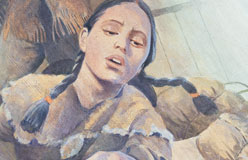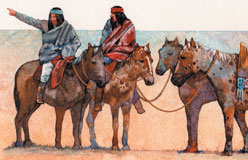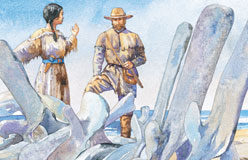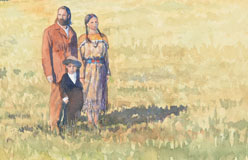In August of 1806, William Clark wrote to Toussaint Charbonneau: “Your woman, who accompanied you that long dangerous and fatiguing route to the Pacific Ocean and back, deserved a greater reward for her attention and services on that route than we had in our power to give her.”
Clark was now living in St. Louis. He was Indian Agent of the Louisiana Territory. He repeated his offer to keep Pomp with him. Clark also said he would see to the boy’s education. Later, the family came to visit Clark. In October 1810, Charbonneau bought farmland from Clark near St. Louis. But in the spring of 1811, he became homesick for the plains and his trading life. He sold the land back to Clark. Then he and Sacagawea sailed back up the Missouri. They left Pomp with Clark.
